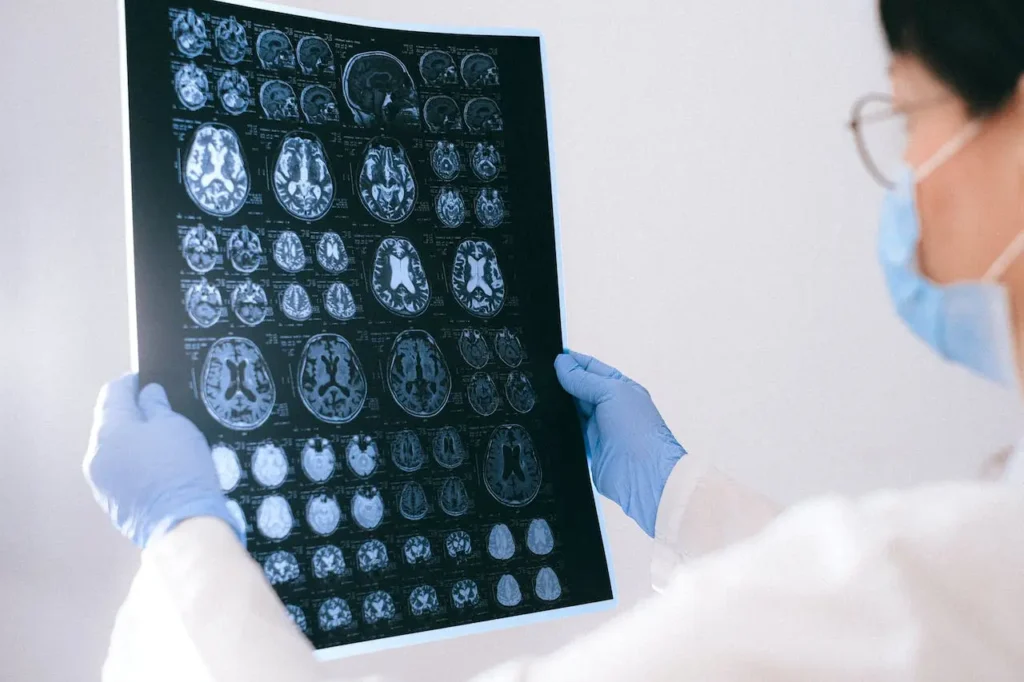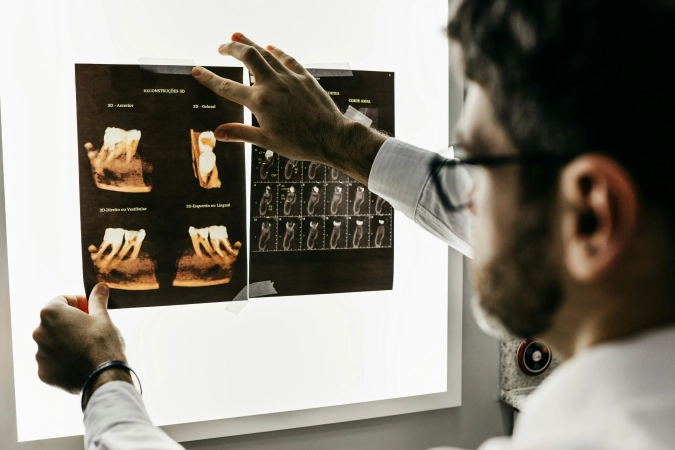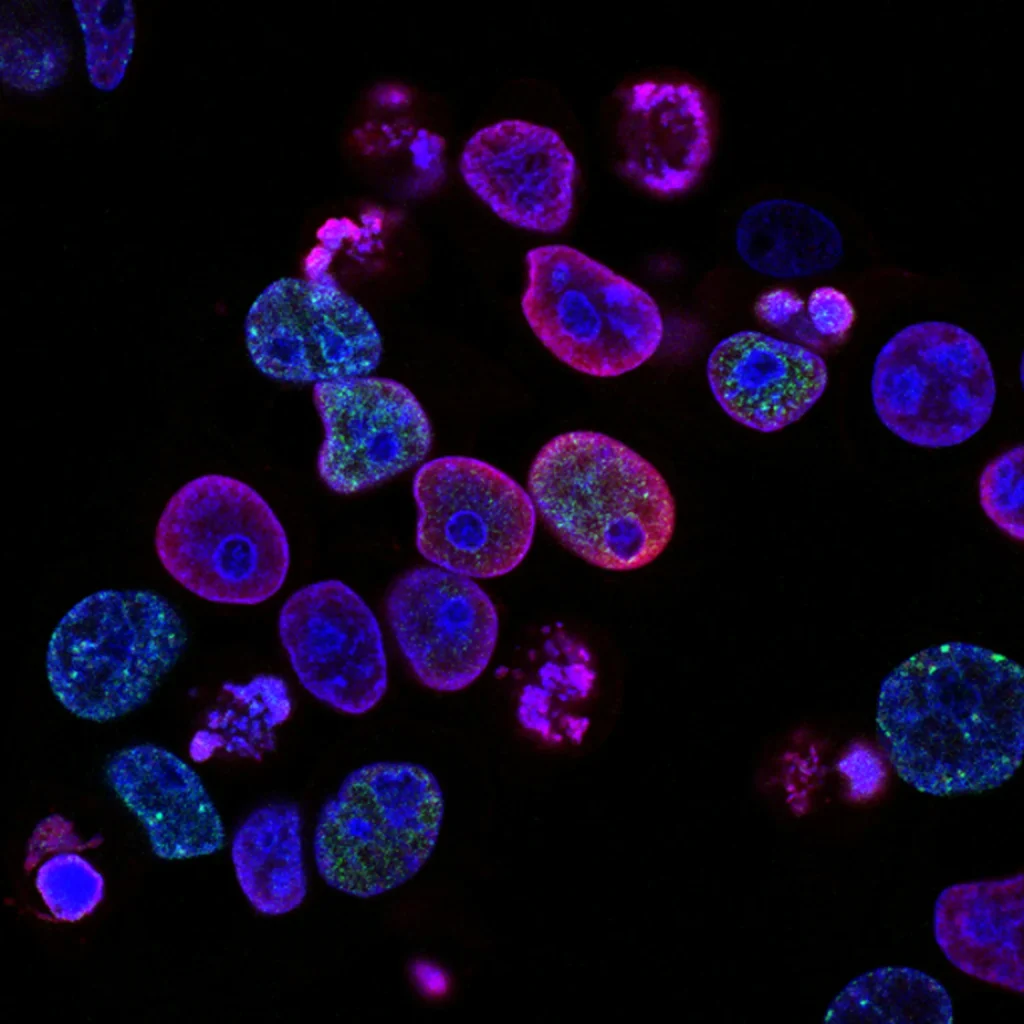Spastic Quadriplegia: Symptoms and Treatment Explained

- Introduction
- What is spastic quadriplegia?
- Causes and risk factors of spastic quadriplegia
- Symptoms and signs of spastic quadriplegia
- Diagnosing spastic quadriplegia
- Treatment options for spastic quadriplegia
- Therapies and interventions for spastic quadriplegia
- Preventing Spastic Quadriplegic Cerebral Palsy
- Managing the challenges of spastic quadriplegia
- Assistive devices and technologies for individuals with spastic quadriplegia
- Difference between spastic quadriplegic cerebral palsy and Tetraplegia cerebral palsy
- Caregiver duties for patients with cerebral palsy
- Spastic quadriplegic cerebral palsy life expectancy
- Support and resources for individuals with spastic quadriplegia
- Medicare Advantage Plans for Cerebral Palsy Support
- Conclusion
- Frequently Asked Questions (FAQs)
Introduction
This post may contain affiliate links, meaning I may earn a commission if you make a purchase, at no extra cost to you. I only recommend products I trust. Thank you for your support.
Spastic quadriplegia is a type of cerebral palsy that affects both the arms and legs, causing significant physical and motor disabilities.
This condition is characterized by muscle stiffness, weakness, and impaired coordination, making it challenging for individuals with spastic quadriplegia to perform everyday tasks.
In this article, we will delve into the causes, symptoms, and treatment options for spastic quadriplegia, as well as provide insights into how caregivers can support individuals living with this condition.
What is spastic quadriplegia?
It is a form of cerebral palsy characterized by muscle stiffness and tightness in all four limbs.
It is typically caused by damage to the motor cortex of the brain, which is responsible for controlling voluntary movements.
This damage can occur during pregnancy, childbirth, or infancy, and may be the result of various factors such as oxygen deprivation, infection, or genetic abnormalities.
Individuals with this type of cerebral palsy often experience difficulty with basic motor skills such as walking, sitting, and grasping objects.
The severity of symptoms can vary widely, with some individuals experiencing mild muscle stiffness and others being completely unable to move their limbs.
It is important to note that spastic quadriplegia is a non-progressive condition, meaning that the symptoms do not worsen over time.
Causes and risk factors of spastic quadriplegia
These include premature birth, low birth weight, multiple pregnancies (such as twins or triplets), maternal infections during pregnancy, exposure to toxins or drugs during pregnancy, and certain genetic conditions.
While not all cases of spastic quadriplegia have a known cause, understanding these risk factors can help in preventing or managing the condition.
It is worth noting that spastic quadriplegia is more common in individuals with a diagnosis of cerebral palsy. Cerebral palsy refers to a group of neurological disorders that affect movement and posture.
Other types of cerebral palsy include spastic diplegia (affects mainly the legs), spastic hemiplegia (affects one side of the body), and dyskinetic cerebral palsy (characterized by involuntary movements).
Symptoms and signs of spastic quadriplegia
The symptoms and signs can vary depending on the individual and the severity of the condition.
Common symptoms include muscle stiffness and tightness, difficulty with coordination and balance, involuntary movements, difficulty with speech and swallowing, and intellectual disabilities. Some individuals may also experience seizures or sensory impairments.
In infants, the signs may become more apparent as they grow older. Delayed motor milestones, such as not being able to sit up, crawl, or walk at the expected age, can be an early indication of the condition.
It is important to consult with a healthcare professional if you notice any concerning signs or symptoms in your child.
Diagnosing spastic quadriplegia
The diagnosis of spastic quadriplegia typically involves a comprehensive evaluation by a team of healthcare professionals, including pediatricians, neurologists, and physical therapists.
The evaluation may include a review of the individual’s medical history, physical examinations, and diagnostic tests such as brain imaging and genetic testing.
It is important to accurately diagnose spastic quadriplegia in order to develop an appropriate treatment plan and provide necessary support.
Early intervention is crucial for optimizing the individual’s development and improving their quality of life.
Treatment options for spastic quadriplegia
While there is no cure for spastic quadriplegia, various treatment options can help manage the symptoms and improve the quality of life for individuals with this condition.
The treatment plan is usually tailored to the individual’s specific needs and may include a combination of therapies, medications, and surgical interventions.
Physical therapy and occupational therapy play a crucial role in improving mobility, muscle strength, and coordination.
These therapies focus on stretching exercises, range-of-motion activities, and functional training to enhance the individual’s independence and functional abilities.
Therapies and interventions for spastic quadriplegia
Physical therapy is a key component of the treatment plan for individuals with spastic quadriplegia. Physical therapists can work with the individual to improve muscle strength, flexibility, and mobility.
Occupational therapy may also be beneficial in helping individuals develop the skills necessary for daily activities such as dressing, feeding, and self-care.

In addition to physical and occupational therapy, speech therapy can help individuals improve their communication skills and address any difficulties with speech and swallowing. Speech therapists can provide exercises and techniques to enhance speech production and oral motor function.
Preventing Spastic Quadriplegic Cerebral Palsy
Spastic quadriplegic cerebral palsy is often caused by factors during pregnancy, childbirth, or early childhood. While some cases are not preventable, there are measures that may reduce the risk.

Here’s a guide on preventing spastic quadriplegic cerebral palsy:
- Prenatal Care: Ensuring proper prenatal care is crucial. Regular check-ups, a healthy diet, and avoiding harmful substances can contribute to a healthy pregnancy.
- Manage Maternal Health: Addressing and managing maternal health conditions such as infections, diabetes, or hypertension can reduce the risk of cerebral palsy.
- Avoid Premature Birth: Premature birth is a risk factor. Taking steps to prevent preterm labor and ensuring medical interventions when necessary can lower the chances of cerebral palsy.
- Infections Prevention: Infections during pregnancy can pose risks. Practicing good hygiene, avoiding exposure to infectious agents, and timely treatment of infections can mitigate these risks.
- Genetic Counseling: Understanding the family’s medical history and seeking genetic counseling can help identify potential risks and guide informed family planning decisions.
- Safe Childbirth Practices: Ensuring a safe and monitored childbirth process can reduce the likelihood of birth-related complications leading to cerebral palsy.
- Early Childhood Safety: Implementing safety measures during early childhood, such as childproofing the home and preventing accidents, can minimize the risk of head injuries that might contribute to cerebral palsy.
- Immunizations: Keeping up with recommended vaccinations protects against certain infections that could potentially lead to cerebral palsy.
While not all cases of spastic quadriplegic cerebral palsy can be prevented, these proactive measures aim to reduce the risk factors associated with its development.
Consultation with healthcare professionals during pregnancy and early childhood is essential for personalized guidance and care.
Managing the challenges of spastic quadriplegia
Living with spastic quadriplegia can present various challenges for individuals and their families. It is important to develop strategies and techniques to manage these challenges effectively.
Creating a supportive and accessible environment is crucial for individuals with spastic quadriplegia. This may involve making modifications to the home, school, or workplace to accommodate the individual’s needs.
It is also important to foster a positive and inclusive social environment, where the individual feels supported and accepted.
Assistive devices and technologies for individuals with spastic quadriplegia
Assistive devices and technologies can play a significant role in improving the independence and mobility of individuals with spastic quadriplegia.
These devices may include mobility aids such as wheelchairs, walkers, and braces, as well as adaptive equipment to assist with activities of daily living.
Technological advancements have also led to the development of innovative devices and technologies for individuals with spastic quadriplegia.
These may include communication devices, computer systems with assistive software, and environmental control systems that allow individuals to control their surroundings.
Difference between spastic quadriplegic cerebral palsy and Tetraplegia cerebral palsy
- Tetraplegia Cerebral Palsy: Tetraplegia cerebral palsy is a broad category that includes various types of motor and sensory impairments affecting all four limbs and the torso. It is an umbrella term covering different manifestations of cerebral palsy, including spasticity, dyskinesia, or ataxia.
- Spastic Quadriplegic Cerebral Palsy: The term emphasizes the presence of spasticity as a predominant feature. Spasticity involves increased muscle tone, stiffness, and difficulties in voluntary movement. Individuals with this condition typically experience challenges related to muscle control and coordination throughout their entire body.
In summary, tetraplegia cerebral palsy serves as the overarching term, while spastic quadriplegic cerebral palsy specifies a subtype characterized by the prevalence of spasticity in all four limbs and the torso.
Caregiver duties for patients with cerebral palsy
Caring for an individual with cerebral palsy can be challenging but also rewarding. Caregivers play a vital role in providing physical and emotional support, as well as coordinating the individual’s medical and therapeutic needs.
Caregiver duties may include assisting with daily activities such as bathing, dressing, and feeding, administering medications, attending medical appointments, and advocating for the individual’s needs.
It is important for caregivers to seek support and respite when needed, as caring for a loved one with spastic quadriplegia can be physically and emotionally demanding.
Respite care services can offer temporary relief for caregivers, providing a break to recharge while ensuring continued care for individuals with cerebral palsy.
For professional caregiving services, feel free to contact me here.
Spastic quadriplegic cerebral palsy life expectancy
The life expectancy of individuals with spastic quadriplegic cerebral palsy can vary depending on various factors such as the severity of the condition and the presence of additional medical complications.
However, with proper medical care, supportive therapies, and a nurturing environment, individuals with spastic quadriplegia can lead fulfilling and meaningful lives.
Support and resources for individuals with spastic quadriplegia
There are numerous support and resources available for individuals with spastic quadriplegia and their families.
Support groups, both in-person and online, can provide a sense of community and a platform to share experiences and advice.
Local organizations and charities may offer financial assistance, advocacy, and access to specialized services.
It is also important to stay informed about the latest research and advancements in the field of spastic quadriplegia.
This can help individuals and their families make informed decisions about treatment options and interventions.
Listed below are some of the support groups and organizations that exist for individuals with spastic quadriplegia and their families.
- United Cerebral Palsy (UCP), United States.
- Services: Advocacy, support programs, and resources for individuals with cerebral palsy, including spastic quadriplegia.
- Cerebral Palsy Alliance, Australia.
- Services: Support services, therapy, and resources for individuals with cerebral palsy and their families.
- Scope, United Kingdom.
- Services: Support and information for individuals with cerebral palsy, including a helpline and community forums.
- Easterseals, United States.
- Services: Services for people with disabilities, including therapy, assistive technology, and support programs.
- March of Dimes, United States
- Services: Support for families with children who have developmental disabilities, including cerebral palsy.
- The Cerebral Palsy Foundation, United States.
- Services: Resources, grants, and support for individuals with cerebral palsy and their families.
- National Institute of Neurological Disorders and Stroke (NINDS), United States.
- Services: Research information, publications, and links to other neurological disorder resources.
Please note that the availability of services may vary, and it’s advisable to contact these organizations directly for the most up-to-date and accurate information.
Medicare Advantage Plans for Cerebral Palsy Support
Medicare Advantage plans offer a comprehensive healthcare solution for individuals with cerebral palsy, providing coverage beyond the basics of original medicare.
These plans, offered by private insurance companies, often include benefits such as specialist visits, therapy services, and coverage for durable medical equipment crucial for managing cerebral palsy.
Additionally, prescription drug coverage, rehabilitation services, and options for telehealth appointments contribute to a well-rounded approach to care.
Patients can benefit from considering plans that align with their unique needs, ensuring access to a network of healthcare providers and facilities that specialize in cerebral palsy.
It’s crucial to carefully read the plan documents, including the summary of benefits, and contact the insurance provider to get specific details about coverage for cerebral palsy-related services.
Consulting with healthcare providers or organizations specializing in cerebral palsy may provide valuable insights into choosing a plan that best meets the individual’s needs.
Conclusion
Understanding spastic quadriplegia is essential for providing the best care and support for individuals living with this condition.
By recognizing the causes, symptoms, and treatment options, we can work towards improving the quality of life for individuals with spastic quadriplegia and promoting inclusivity and acceptance in our communities.
With continued research and advancements in medical care, there is hope for a brighter future for individuals with spastic quadriplegia and their families.
Frequently Asked Questions (FAQs)
What is Spastic Quadriplegic Cerebral Palsy?
Spastic quadriplegic cerebral palsy is a subtype of cerebral palsy characterized by increased muscle tone (spasticity) affecting all four limbs and the torso.
How does Spastic Quadriplegic Cerebral Palsy differ from other types of Cerebral Palsy?
While cerebral palsy is a broad term covering various motor impairments, spastic quadriplegic cerebral palsy specifically highlights the presence of spasticity throughout the entire body.
What are the common challenges faced by individuals with Spastic Quadriplegic Cerebral Palsy?
Challenges include difficulties in voluntary movement, muscle stiffness, and coordination issues impacting daily activities.
How does Cerebral Palsy impact an individual’s daily life?
The impact varies, but common effects include challenges in mobility, communication, and activities of daily living, depending on the specific type and severity of cerebral palsy.
What support and resources are available for individuals with Cerebral Palsy?
Support includes medical professionals, therapists, educational services, and advocacy groups that offer guidance and assistance tailored to the unique needs of those with cerebral palsy.
Note: This article is intended for informational purposes only and should not be taken as medical advice. It is always recommended to consult with a healthcare professional for personalized guidance and treatment.




